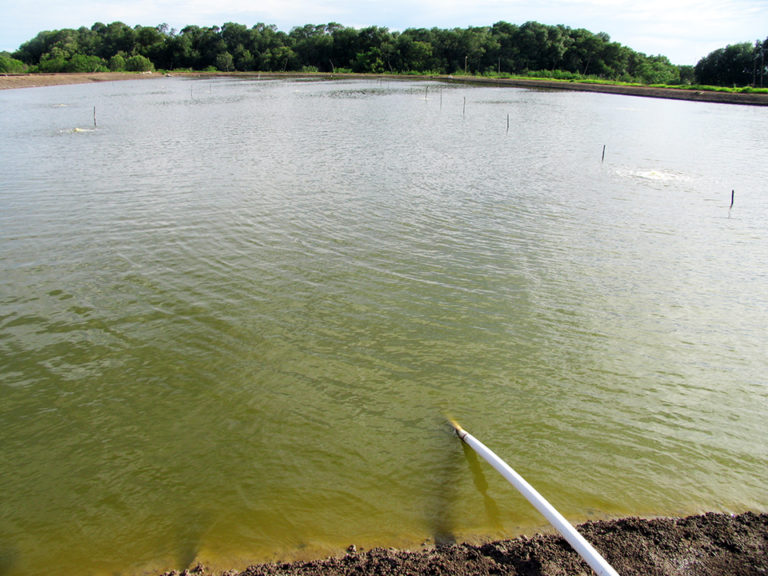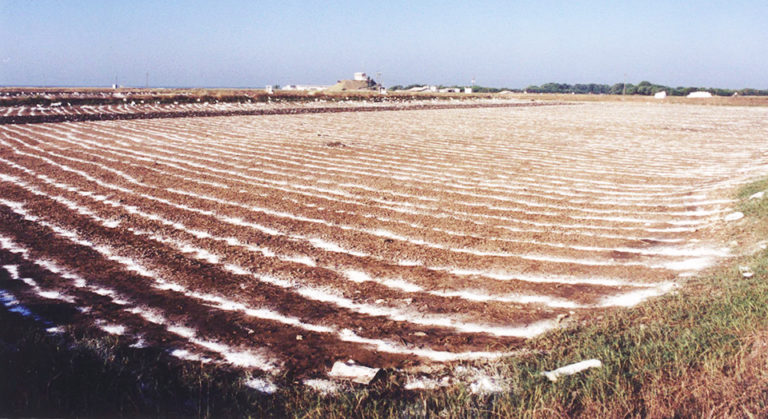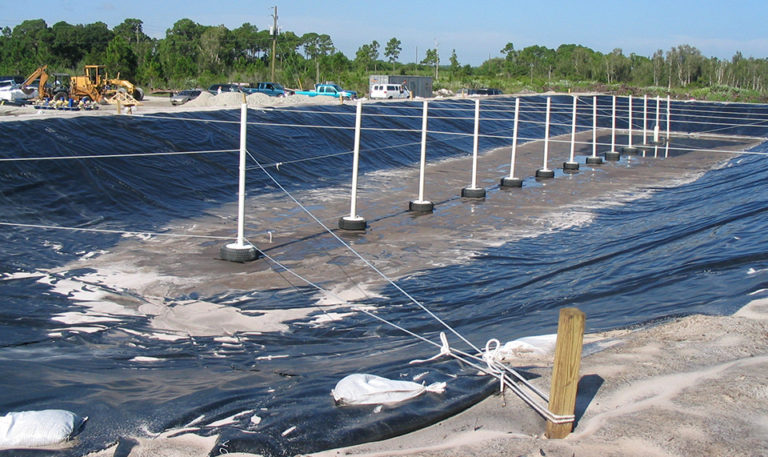
Responsibility
Pond fertilization reevaluated
Although higher rates have been promoted, pond fertilization ratios of 2:1 or 1:1 nitrogen to phosphorus should be maintained in older ponds for food fish production.
Responsibility
Troublesome turbidity in aquaculture pond water often results from clay or fine silt particles that remain suspended due to turbulence or sedimentation.

Responsibility
Although higher rates have been promoted, pond fertilization ratios of 2:1 or 1:1 nitrogen to phosphorus should be maintained in older ponds for food fish production.

Responsibility
Carbon-nitrogen (C:N) ratio is an important variable related to soil fertility. Intensive ponds have lower C:N ratios, while higher ratios are found in extensive ponds and those constructed in organic soil.

Responsibility
Ponds constructed on sandy or permeable soils are most likely to have high seepage rates. Ponds built in any soil can seep if improperlty constructed.